Curious about Japan’s sweetest tradition? Chitose Ame is the treat you’ve been missing out on. Chitose Ame is commonly given as a symbol of longevity and good luck, making it a popular choice as a souvenir or gift during celebrations. In this article, we’ll dive right into the fascinating world of this iconic Japanese candy. No fluff, just pure deliciousness. Keep reading to satisfy your sweet tooth and learn all about Chitose Ame!
What is Chitose ame?
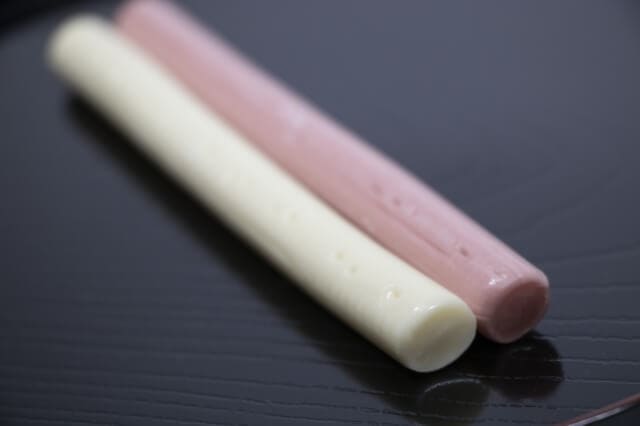
Chitose Ame is a type of traditional Japanese candy that is often associated with festivals and special occasions. It is named after Chitose City in Hokkaido, Japan, and the word “ame” means candy or sweet in Japanese. Chitose Ame is unique in its long, thin shape, which resembles a twisted rope or stick. Typically made from boiled sugar syrup stretched and folded repeatedly to create layers, resulting in a chewy and slightly brittle texture. The candy is often flavored with traditional Japanese flavors such as plum, cherry, or sake, and it may be colored to match the occasion or season.
Chitose Ame is a set of two red and white candies of the same size placed in a bag. The two colors of red and white are known as auspicious colors and give an auspicious look. In the past, it was common to package sets of red and white candies, which brought good luck, but now that candy-making technology has advanced, in addition to the traditional Chitose-candy, many Chitose-ames with cute designs and colorful designs are now on sale.
Chitose ame History
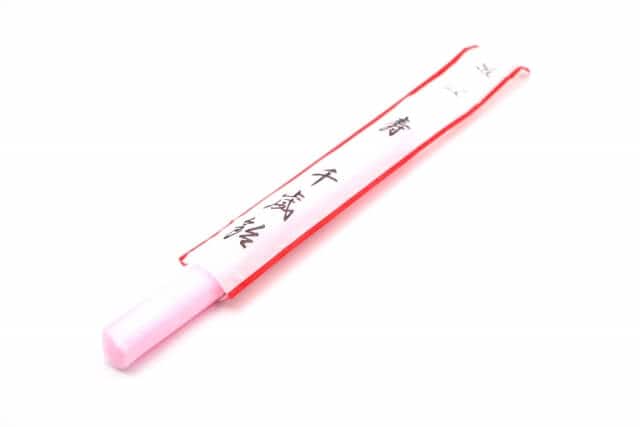
Chitose Ame, a beloved Japanese candy, has a rich history dating back to the Edo period when sugar was a rare and precious commodity. This delightful confection played a significant role during Shichi-Go-San celebrations, and surrounded by intriguing theories. One theory suggests that in the Genroku-Hoei period, a candy seller named Shichibyoe in Asakusa, Edo, began selling red and white stick-shaped candies known as “Sennen-Ame” or Millennium Candy. These candies were believed to bring longevity and good fortune due to their auspicious name and colors, often sold in paper bags adorned with symbolic images like pine, bamboo, plum blossoms, cranes, and turtles in front of shrines.
Another theory traces Chitose Ame back to Osaka in 1615 when a businessman named Hirano Jin’emon sold candy near Sensoji Temple in Edo, later known as Tokyo. Originally called “senzaiame,” it evolved into “Chitoseame” and gained popularity for its promise of a longer life to those who enjoyed it, making it a cherished gift item. Lastly, the third theory links Chitose candy to the “celebratory candy” sold at Kanda Myojin Shrine in Tokyo’s Chiyoda Ward. Historical records and paintings depict monks praying at the shrine while carrying Chitose candy, and photographs from the Meiji era show Chitose candy sold within the shrine premises. Today, Kanda Myojin Shrine continues this tradition by offering Chitose candy to children during the Shichi-Go-San festival.
How to eat?

There is no specific or prescribed way to eat Chitose candy, and individuals have their preferences. Some people may hesitate to cut it for various reasons, like receiving it at a shrine, believing it’s already purified, or seeing it as an auspicious long candy. However, there is no right or wrong way to enjoy Chitose Ame, and cutting it is perfectly acceptable.
In fact, trying to eat a long Chitose candy all at once can lead to issues like consuming too much at once, concerns about dental health, and potential accidents, especially for children. The candy’s lengthy form, typically measuring 30 to 50 cm, can be challenging even for adults to eat in one go. Eating it in smaller portions can help avoid waste and maintain cleanliness.
Traditional colors and shapes of Chitose Ame
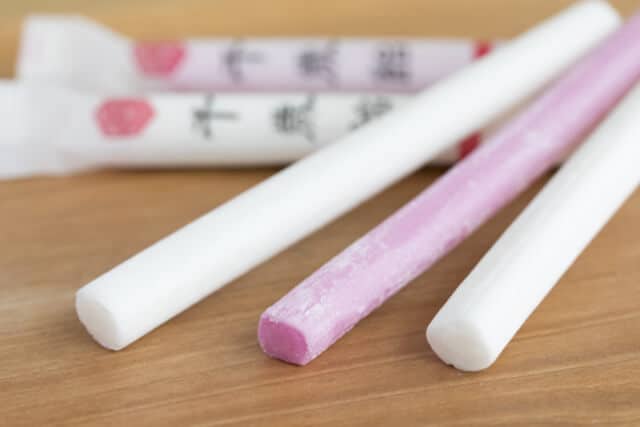
The traditional colors and shapes of Chitose Ame hold deep symbolic significance in Japanese culture. Chitose Ame is predominantly red and white, with red representing luck, vitality, protection, and celebration, while white signifies purity, new beginnings, and happiness. The candy is typically crafted in the form of slender sticks, resembling longevity candles from traditional Japanese ceremonies. Additionally, Chitose candy can take on auspicious shapes like cranes, symbolizing longevity and happiness, or turtles, representing endurance and a prosperous life. Depending on the occasion and artisan creativity, it may also feature other fortunate symbols such as pine, bamboo, plum blossoms, or traditional patterns, all embodying wishes for good luck and blessings.
Why is Chitose Ame associated with longevity and good fortune?
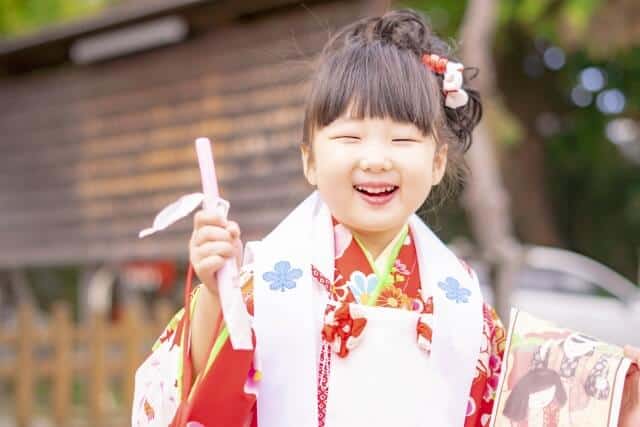
Chitose Ame is thought to bring good things like a long and happy life for a few reasons. First, the candy is usually red and white, which are lucky colors in Japan. Red means life, energy, and safety from bad things, while white means starting fresh and feeling happy. Second, the candy is often shaped like special things like birds (like cranes) and turtles. These shapes stand for living a long time and having a good life. Cranes mean happiness, and turtles mean staying strong. Third, the candy’s name, “Chitose Ame,” means “thousand years” in Japanese. This name is like a wish for a very long and lucky life.
During Shichi-Go-San, it is customary to give children Chitose Ame as a special treat and a symbol of good luck and blessings. Parents and family members offer this candy to wish the children health, longevity, and a prosperous future.
Chitose ame FAQ
- Is Chitose Ame made at home, or is it typically purchased from stores?
The choice between homemade and store-bought Chitose Ame can vary among individuals and families. Some may prefer the authenticity and sentimental value of homemade versions, while others may opt for the convenience and professional craftsmanship of store-bought options. Regardless of the source, Chitose Ame remains an integral part of Japanese culture, especially during special occasions and festivals.
- When is the celebration of Shichi-Go-San in Japan?
The celebration of Shichi-Go-San in Japan typically takes place on November 15th. Shichi-Go-San, which translates to “Seven-Five-Three” in English, is a traditional Japanese festival that celebrates the growth and well-being of children at specific ages: three, five, and seven.
Chitose ame Recipe
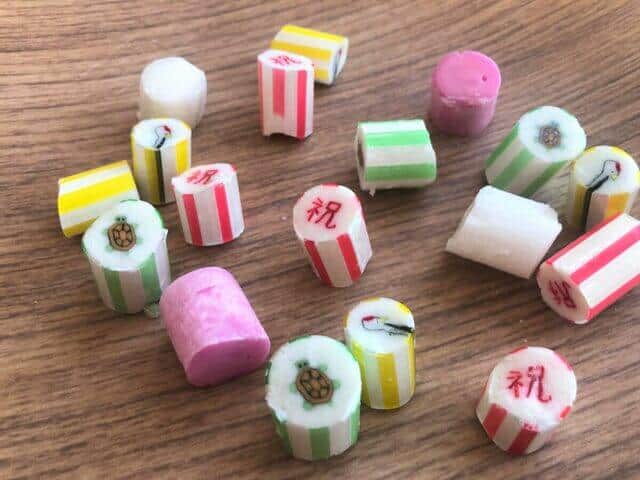
Chitose ame Ingredients
| Ingredients of Chitose ame for 4 persons | Measurements |
|---|---|
| Starch syrup | 50g |
| Condensed milk | 20g |
| Skim milk | 40g |
| Food coloring (red) | 2g |
| Icing sugar | 10g |
How to make Chitose ame?
Put starch syrup in a pot and heat it to dissolve. Once the starch syrup has melted, add the skim milk and mix well.
Use half the amount of skim milk, starch syrup, and condensed milk. Once the starch syrup and skim milk mixed together, add condensed milk and mix well.
Once everything is mixed, remove it to a cookie sheet and let it cool until you can peel it off from the cookie sheet. Once cool, sprinkle with powdered sugar and shape.
Mix skim milk with red food coloring. Warm the starch syrup and mix it with skim milk. Once mixed, add condensed milk and mix well.
Place on kitchen paper and when cool, sprinkle with powdered sugar and shape.
Where to buy Chitose ame?
Chateraise (シャトレーゼ)
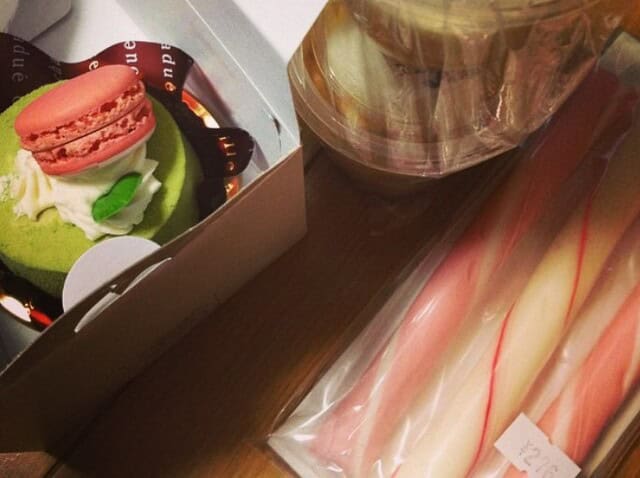
Chateraise sells Chitose candy every year during the Shichi-go season. They are available in stores from September to the end of November, which is the Shichi-Go-San season.
Super Alps (スーパーアルプス)
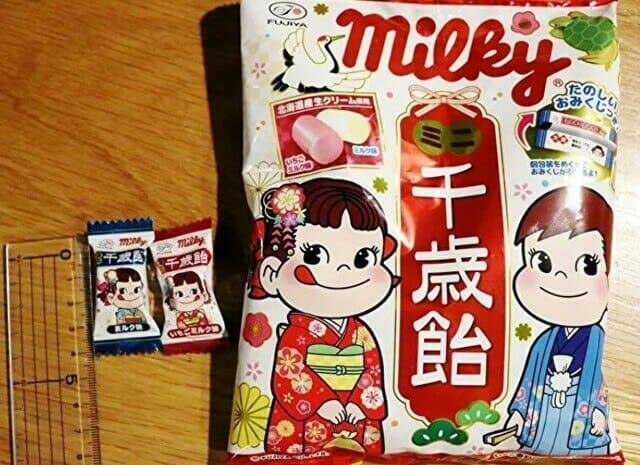
Small candy-type Chitose ame in bags and red and white Chitose ame approximately 15 cm x 1 cm were sold individually wrapped. It seems they don’t sell makeup bags, so if you want one, you’ll need to prepare one separately.
Fujiya (不二家)
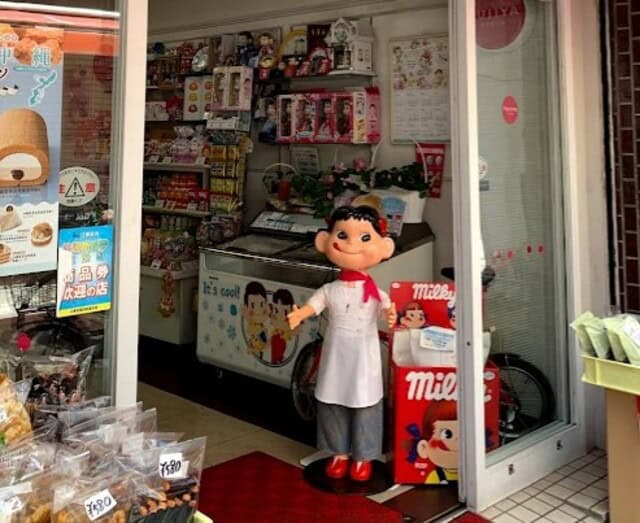
At Fujiya, they also sell Chitose candy since mid-September. Special sales areas are up during this season so it is easy to find them.
Takeaway
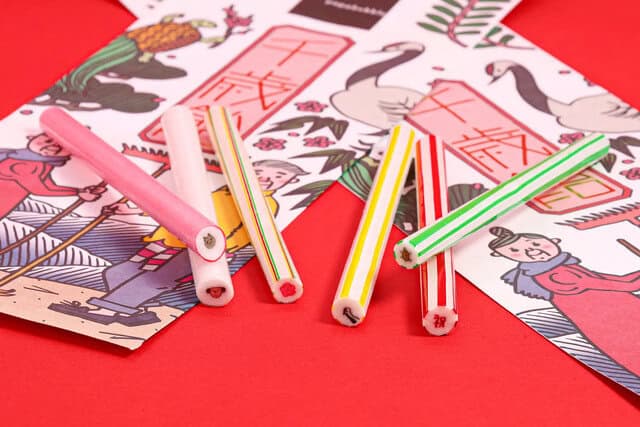
The candy’s vibrant colors, intricate shapes, and rich history reflect the essence of Japanese culture and the heartfelt wishes of families for their children’s health and prosperity. Whether enjoyed during Shichi-Go-San or as a delightful snack, Chitose Ame serves as a reminder of the enduring significance of tradition and the power of a simple candy to evoke smiles and strengthen bonds. We hope this article has provided you with a deeper understanding of Chitose Ame’s role in Japanese culture, and perhaps a newfound appreciation for the sweet symbol of blessings it represents.
You can check some Japanese confectionery dishes that we know you would like to try too.

 牧野悦子-1-1256x832-1.jpg)
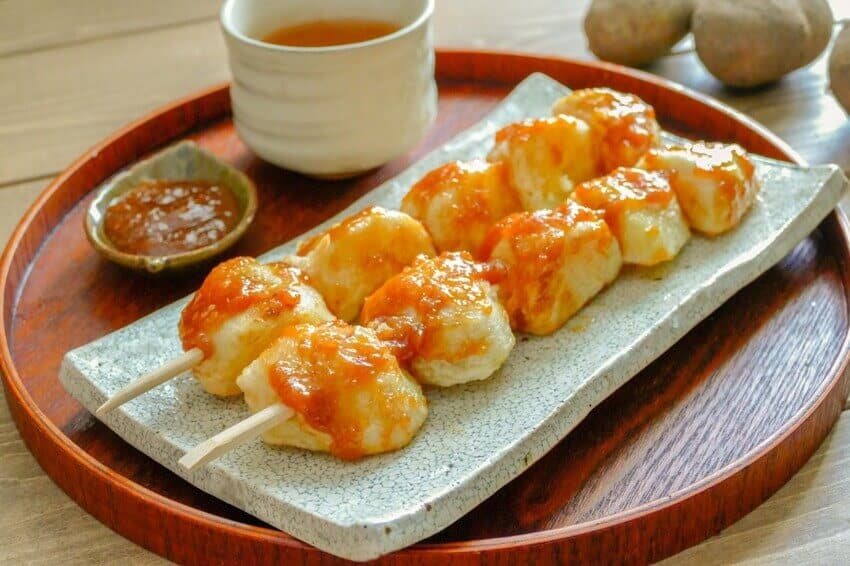
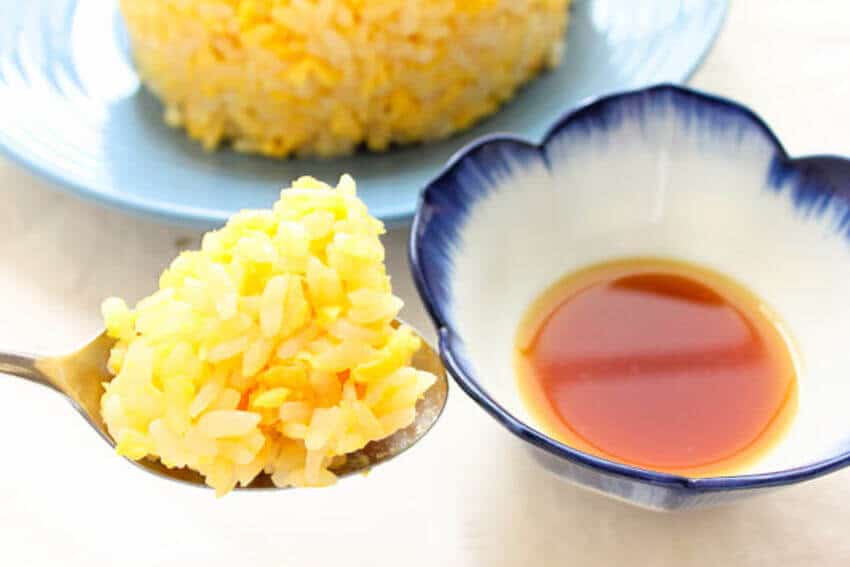
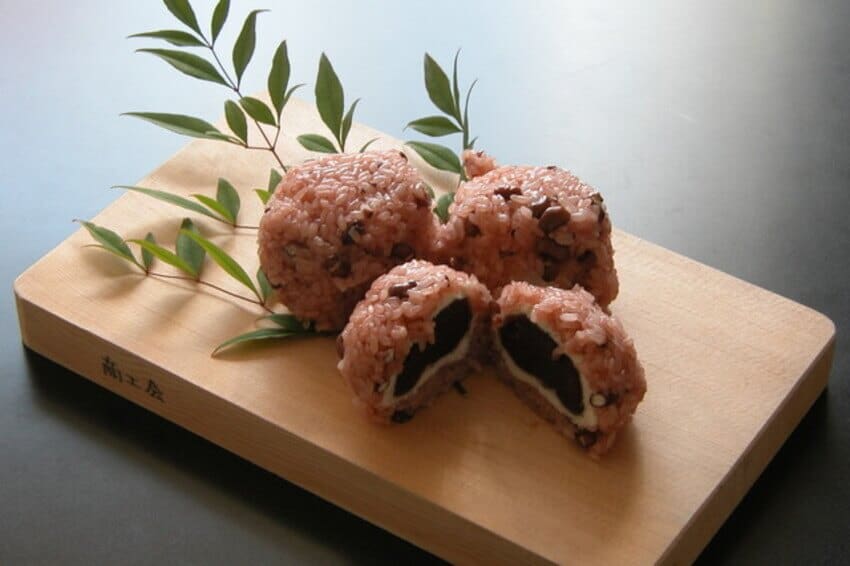

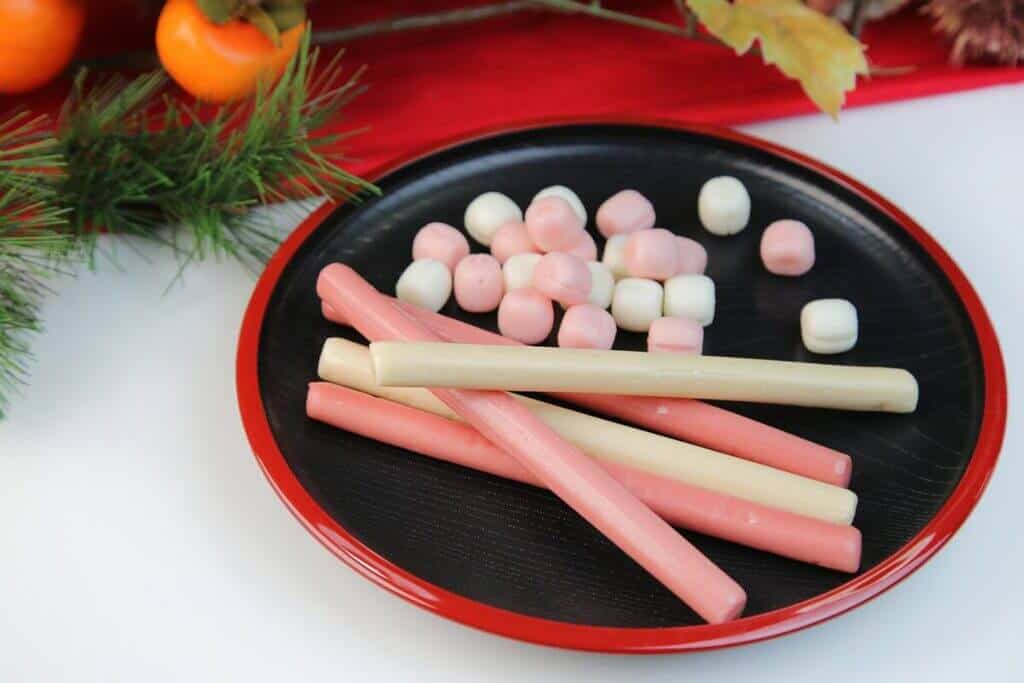
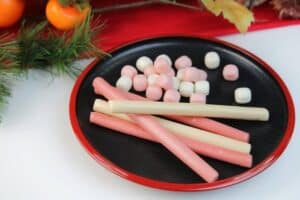
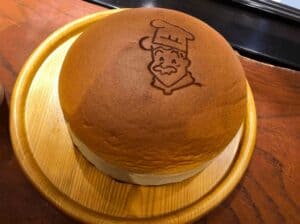
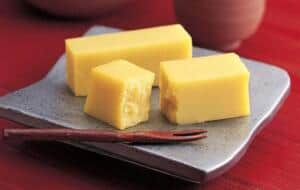
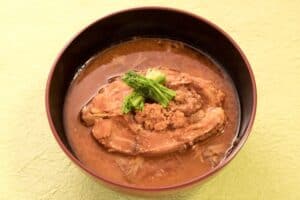
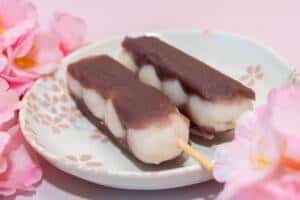
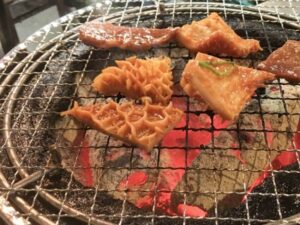
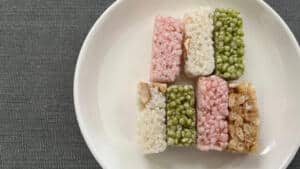
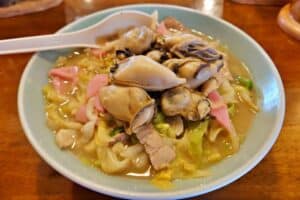
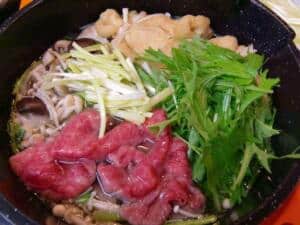
Comments